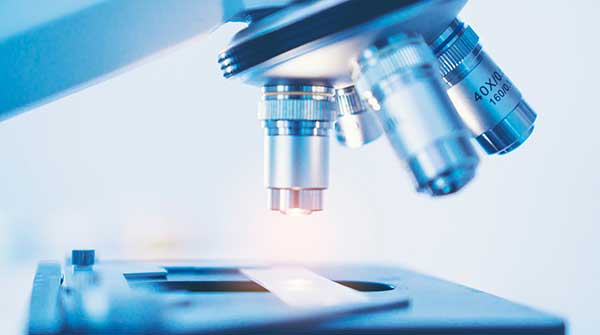Groundbreaking discovery could potentially revolutionize several industries, including liquid hydrogen storage
A University of Alberta researcher has made a groundbreaking advancement in turning carbon dioxide (CO2) and glycerol, a biodiesel byproduct, into valuable materials, potentially revolutionizing several industries, including liquid hydrogen storage.
Yanet Rodriguez Herrero, a doctoral candidate in bioresource technology and food engineering at the Faculty of Agricultural, Life & Environmental Sciences, recently completed her research on two processes that can efficiently convert CO2 and glycerol into useful products.
 Yanet Rodriguez Herrero |
 Aman Ullah |
| More in Science |
| Nanotechnology could significantly reduce industrial use of freshwater
|
| Hydrogen research heating up
|
| New study raises concerns over mRNA vaccine safety
|
Using nanotechnology, Herrero developed a catalyst that can withstand water, a byproduct of hydrogenation. This development is critical for transforming CO2 into methanol, a versatile chemical used in various industries, including automotive, electronics, clothing, and pharmaceuticals. Methanol also shows promise as a method for transporting and storing hydrogen in liquid form.
“Methanol conversion has always faced the challenge of water deactivating the necessary catalysts. Our process overcomes that obstacle,” said Herrero.
Her research supervisor, Professor Aman Ullah, highlights the significance of this work in reducing emissions and benefiting the chemical industry.
“The conversion of CO2 into various value-added products would be a more logical idea to reduce emissions, with huge benefits for the chemical industry,” said Ullah.
Herrero’s process can also be applied to other water-sensitive catalytic conversion processes, such as ammonia synthesis. A patent application is currently underway for this innovative procedure.
Herrero’s second achievement is finding a way to convert crude glycerol, a byproduct of biodiesel production, into monomers, the building blocks of polymers. These polymers have various applications, including in the food, pharmaceutical, and cosmetic industries. Furthermore, the biopolymers created through this process proved effective in consolidating fluid fine tailings, a significant challenge in the oilsands industry’s sustainable reclamation efforts.
This development can also address the biodiesel industry’s growing concern about managing excessive crude glycerol.
“The industry is facing the dilemma, on the one hand, of how to meet a growing demand for biofuels, while also managing excessive crude glycerol so it doesn’t pose a threat to the environment,” explained Ullah.
Moreover, the researchers compared microwave heating technology with traditional heating methods, finding that microwave technology is significantly more energy-efficient.
An Edmonton-based biorefining company is already utilizing this process to produce chemicals more efficiently, leveraging lipids and waste glycerol.
Herrero’s research presents promising benefits for the energy, hydrogen, biofuel, food, and chemical industries, with the potential for significant economic and environmental gains.
| Staff
The opinions expressed by our columnists and contributors are theirs alone and do not inherently or expressly reflect the views of our publication.
© Troy Media
Troy Media is an editorial content provider to media outlets and its own hosted community news outlets across Canada.

